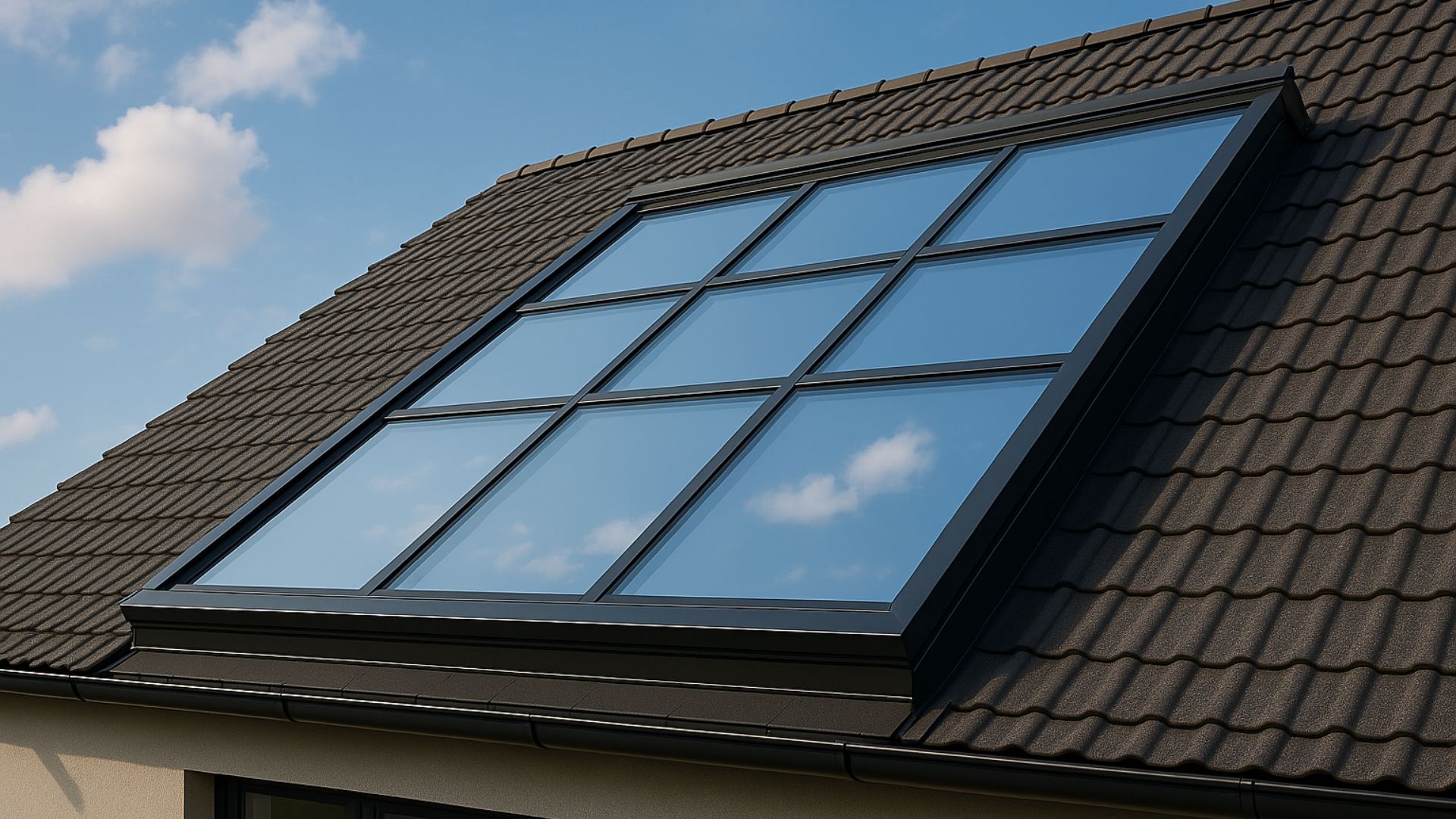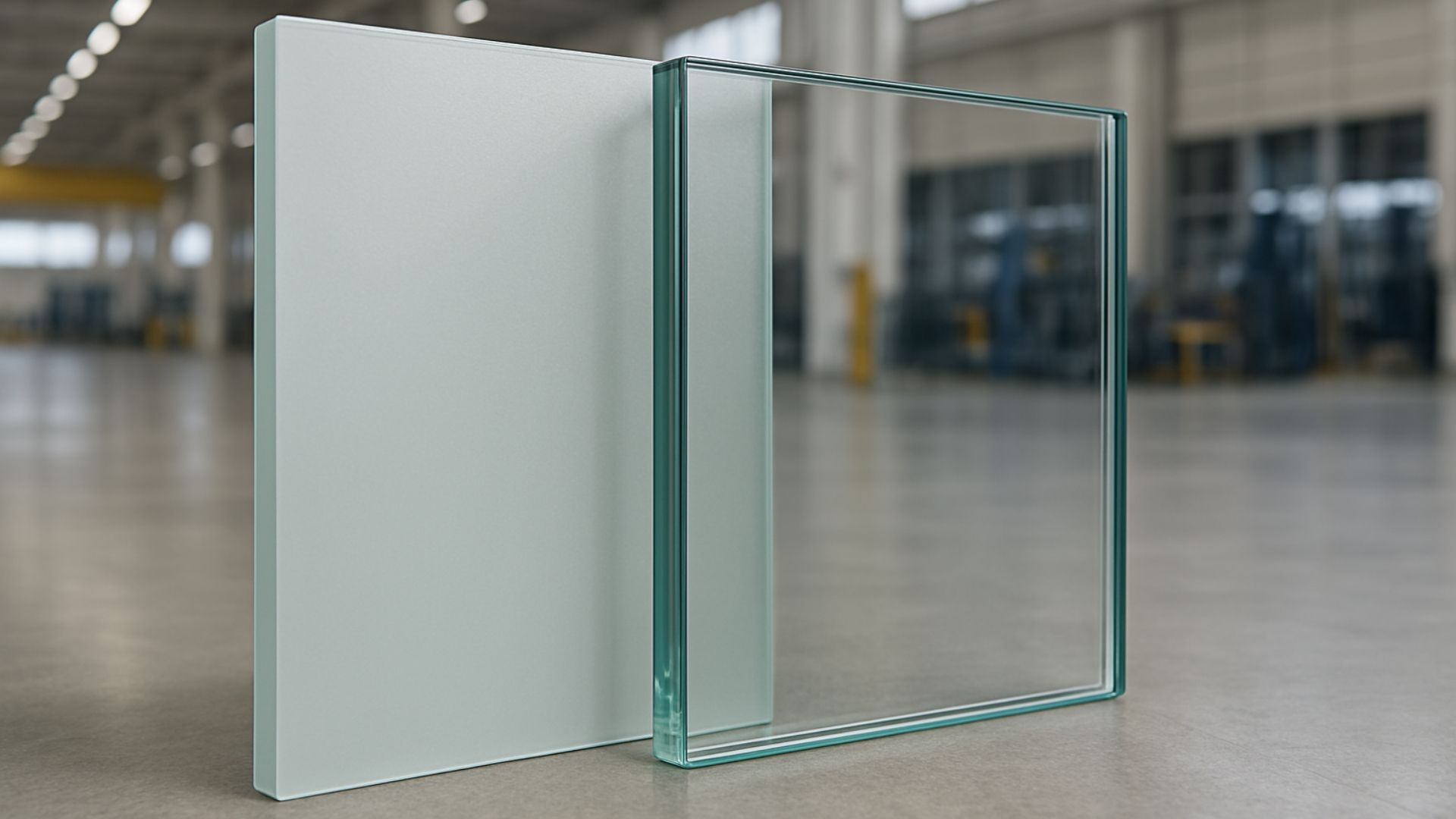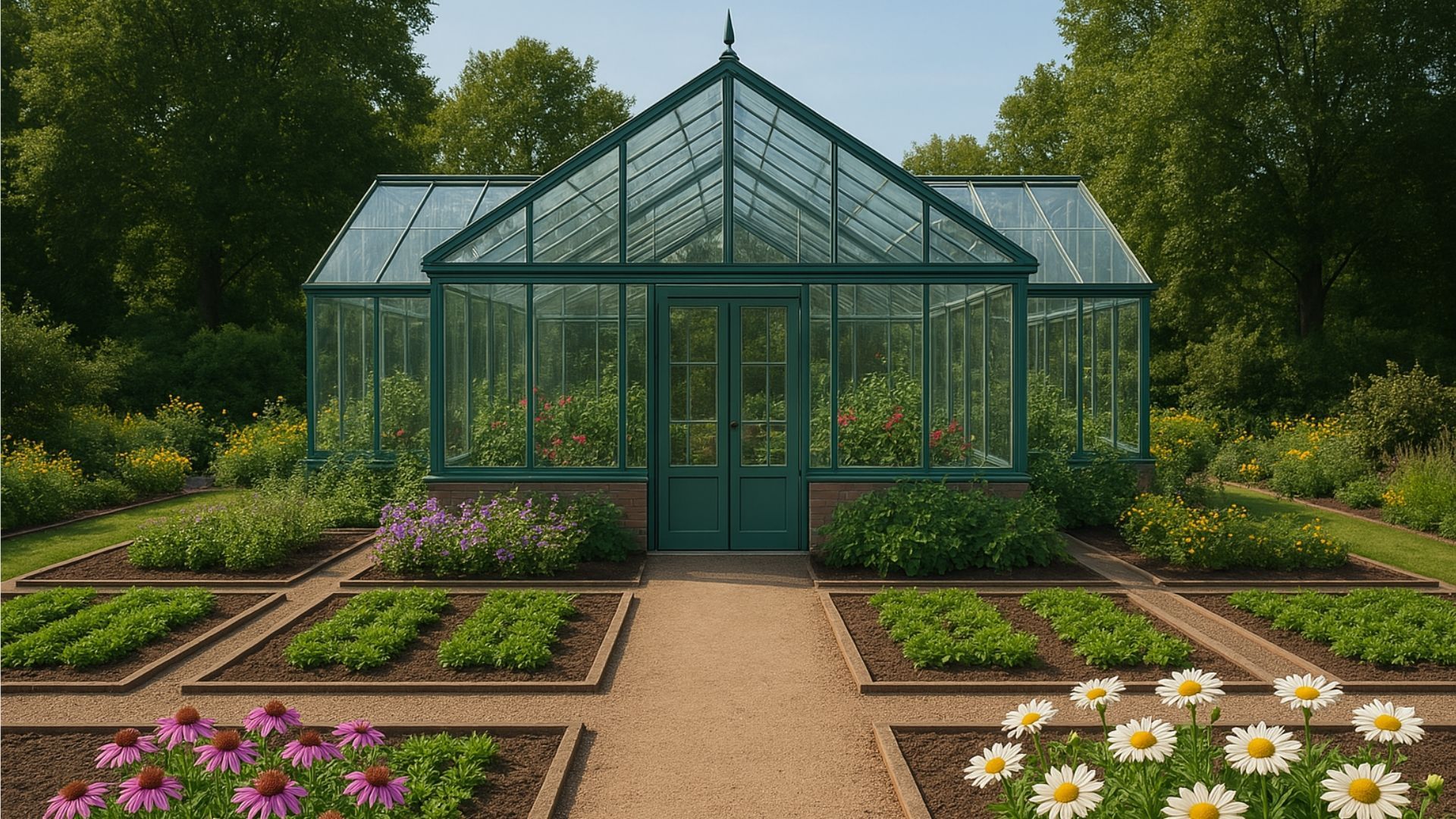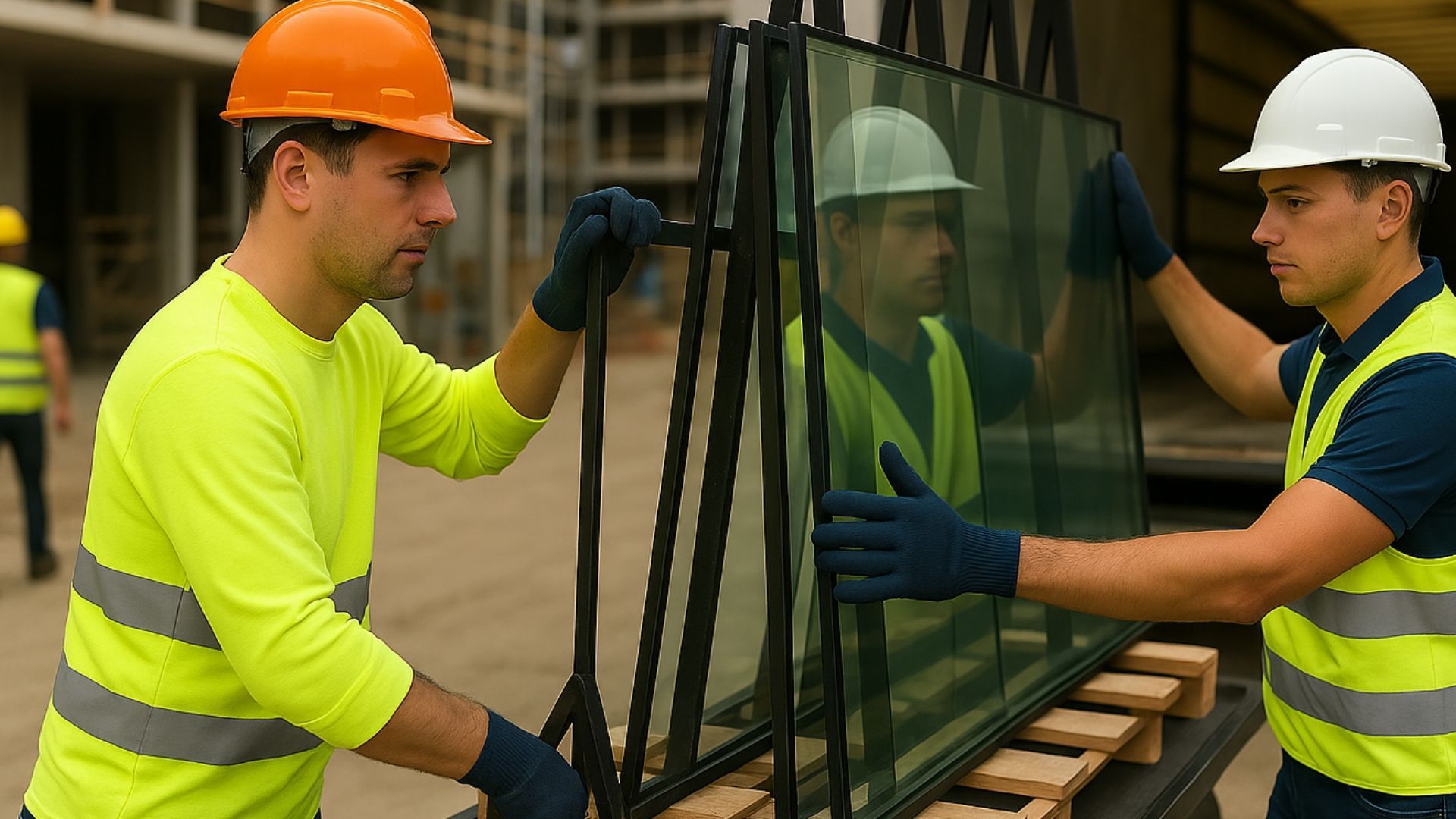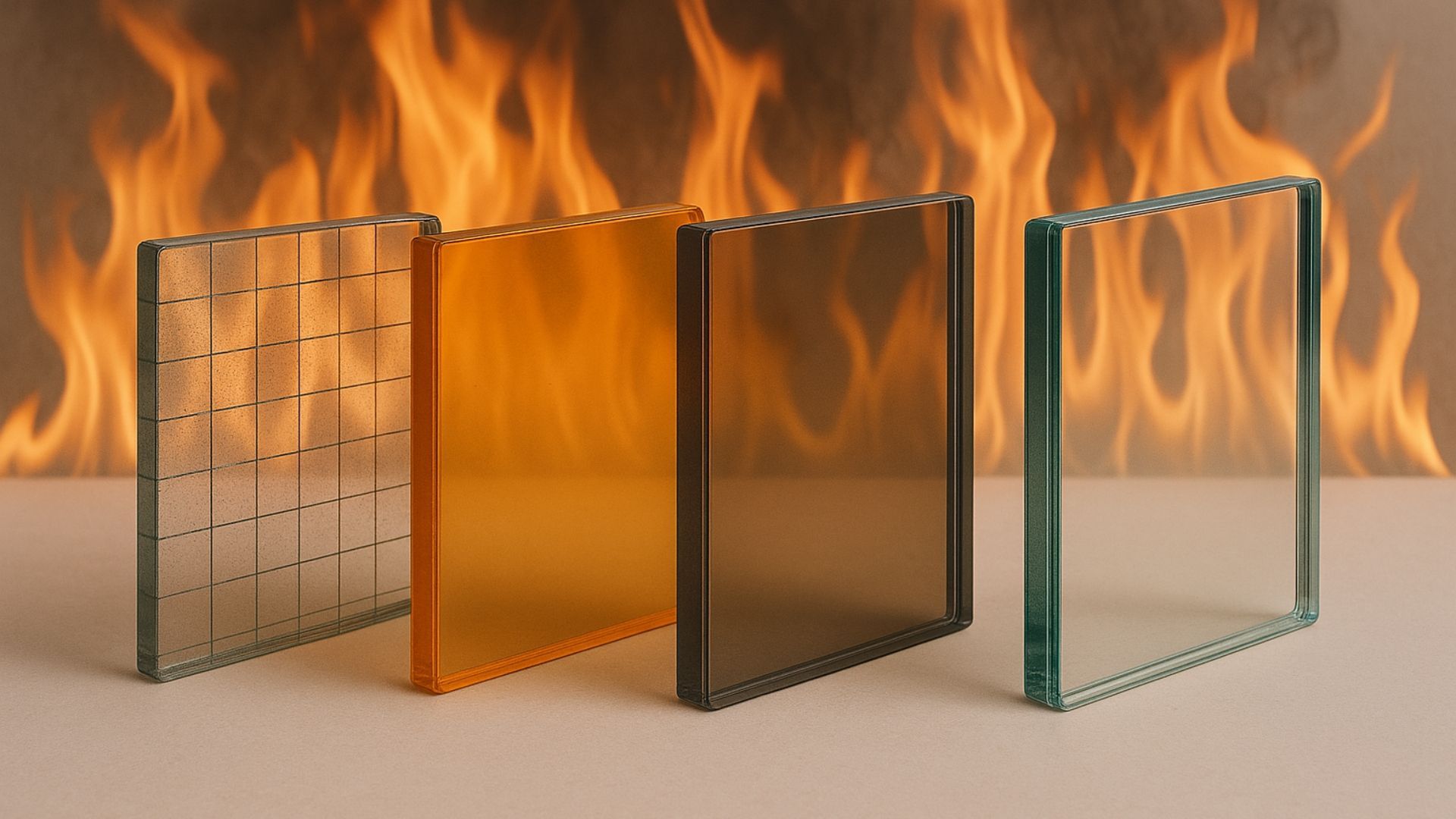Designing against bird strikes
Share this blog:
Up to one billion birds die each year in collisions with buildings. Learn what architects are doing to prevent it.
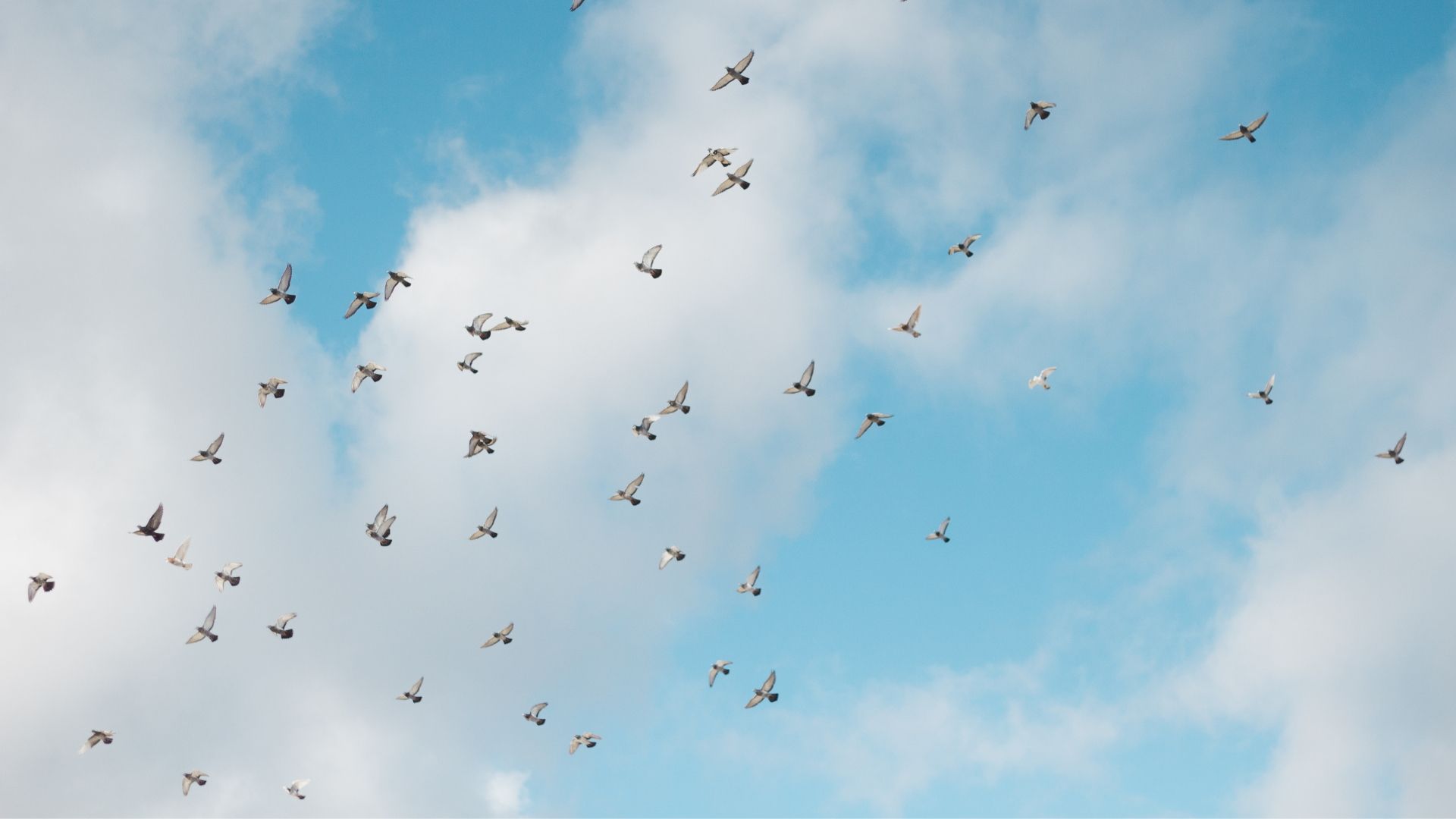
Did you know that every year, up to one billion birds die in building collisions?
This shocking statistic is largely down to one factor: the sheer number of glass facades on urban skylines. All too often, birds don't see windows and try to fly through them. At other times, they get disorientated by nighttime lighting or the reflection of trees and greenery during the day.
Structural glazing is a marvel – but most people will agree that it shouldn't be a death trap for birds. That's why many architects are putting their minds to bird-friendly building design.
Their goal: to create aesthetically pleasing buildings that accommodate urban birds and reduce the death toll.
In this article, we look at just some of the solutions that have been proposed and rolled out.
What is bird-friendly architecture?
There's no one answer to this question. However, the American Bird Conservatory defines it as architecture that has a threat factor value of 30 or less. This score is calculated by adding up the materials used on the facade. Bird-safe materials are those that birds are unlikely to try to fly through.
A bird-friendly building could be a shepherd's hut with stickers on the window or a skyscraper with specialist glass. A dramatic example is the Javits Center in New York.
Javits Center, New York
The Jacob K Javits Convention Center, or "Javits Center" as it's commonly known, is a large convention centre in Manhattan, New York City.
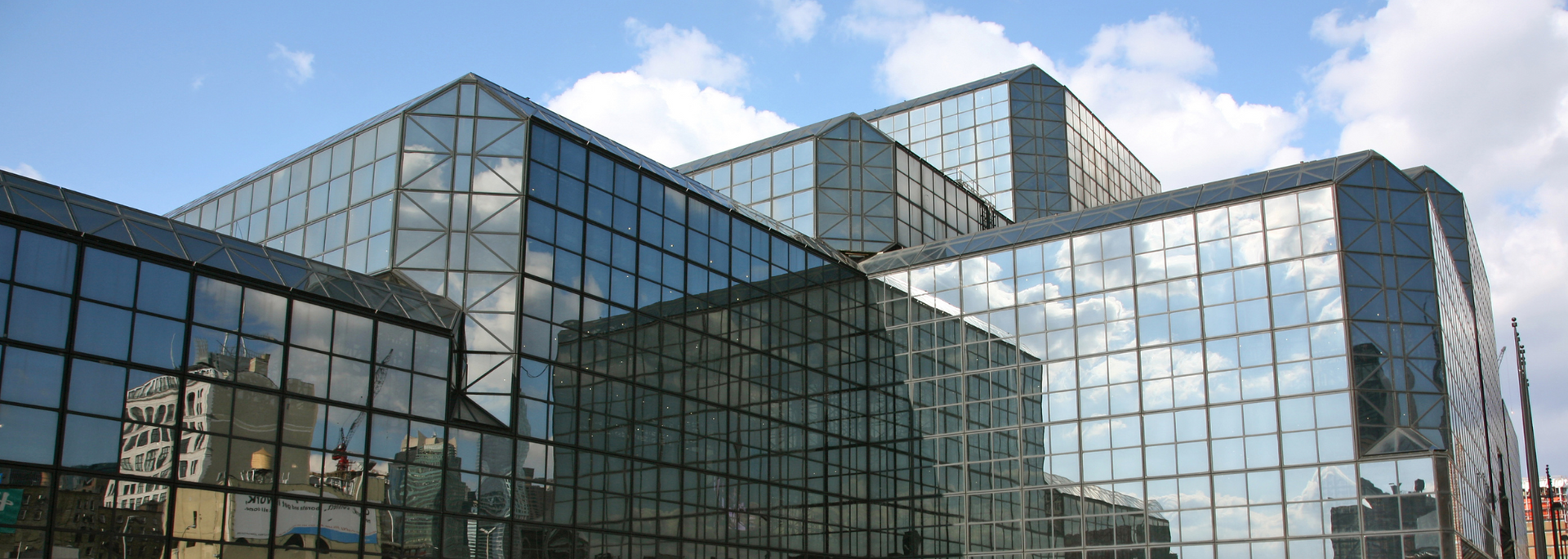
With its dark, mirrored facade, the Javits Center was nicknamed "Darth Vader" by Manhattanites. The name was all too apt. Every year, between 4,000 and 5,000 birds flew into it and died.
Then, in 2013, the building was renovated to the tune of half a billion dollars. Design firm FXCollaborative (then called FXFowle) reduced the amount of glass in the facade and replaced the rest of it with "fritted glass".
Fritted glass is a type of glass that has tiny textured dots baked into it. These dots are invisible to the human eye – but they can be seen by birds.
The result was that bird deaths fell by
90%. This was a landmark moment in bird-friendly building design. In architect Dan Piselli's words, the building became "the poster child for bird-friendly design in the last decade".
Modifying existing buildings
If you're a designer or architect, the most obvious objection to these bird-friendly designs is the price tag. But in fact, you can make buildings more bird-friendly with just a few simple modifications.
The easiest is to add designs or stickers to window panes. This means birds will see the windows and won't try to fly through them.
The same goes for shutters, sunshades and grilles – anything that limits the amount of naked glass on show without blocking the view from inside.
A more expensive modification – and one which now forms part of many bird-friendly building projects – is to use recessed windows. These reduce the windows' natural reflectiveness – and with it, the chance of a bird trying to fly through.
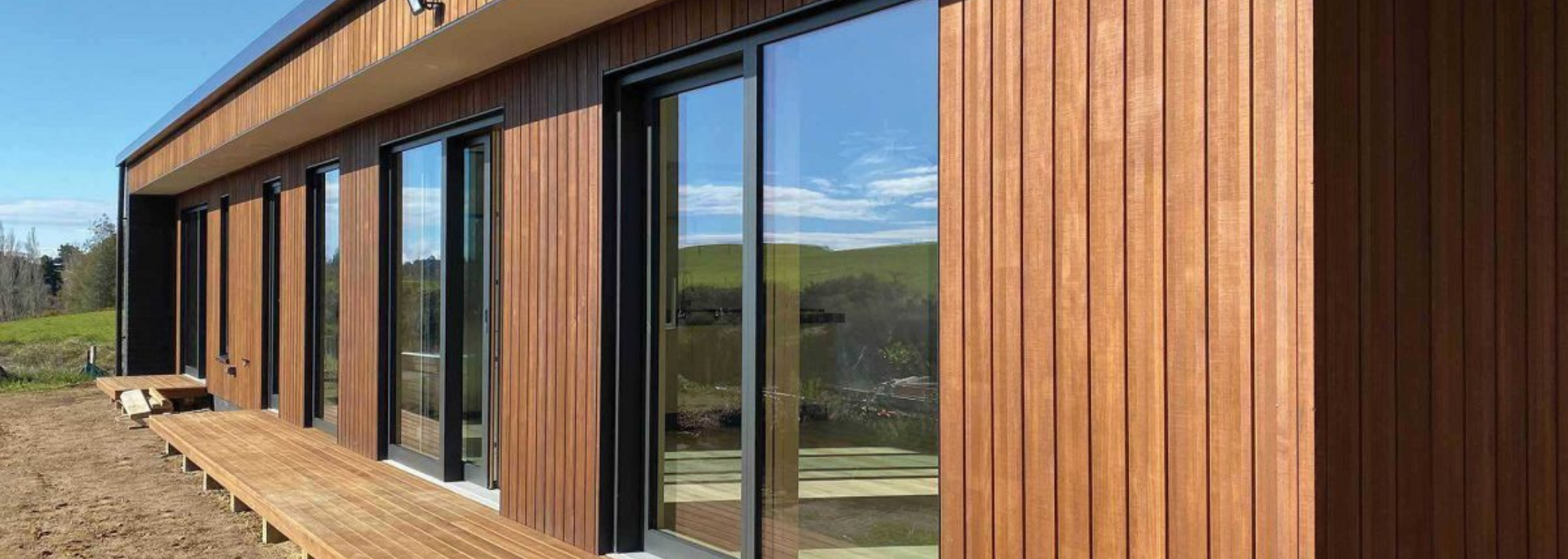
Should buildings turn off the lights at night?
Brightly lit buildings at night are a familiar sight in built-up urban areas. But conservationists and architects argue that night-time lighting is a key cause of avoidable bird strikes.
For this reason, they encourage companies to turn off their lights at night – especially in migration season when the number of birds increases.
What can homeowners do?
Most bird deaths are caused by skyscrapers and other large glass facades. However, some homeowners may find that they're located in a place that's bad news for birds.
In this situation, homeowners can install stained glass or add patterned stickers to their windows. This makes the glass visible to birds and significantly reduces the chances of collision.
Glass-on-glass corners are especially harmful to birds. If you have them on your property, consider putting a bird feeder next to a corner. This causes birds to slow down and stops them from hitting the glass.
Does bird-friendliness mean boring buildings?
Some critics suggest that prioritising bird-friendliness in building design will lead to nothing but boring building design. But Piselli would disagree.
New York City alone is home to several adventurous yet bird-friendly designs, including the New York Times Building, Frank Gehry's IAC Building on the West Side Highway and Morphosis's 41 Cooper Square.
Design is always a challenge – and bird-friendly architecture is no exception. If anything, it creates new possibilities for adventurous design.
Pilkington AviSafe™
Pilkington is an influential glass manufacturer – without it, there would be no float glass. So it's no surprise that the firm continues to innovate with AviSafe, its glass solution designed to reduce bird collisions.
AviSafe has a patterned UV-enhanced coating that's visible to birds but not humans. This means birds are kept safe from collision with no visible change to humans.
TG MI: mesh laminated glass
At ToughGlaze, we pride ourselves on having glass products for every occasion. TG MI is ideal for eye-catching architectural applications – and its mesh interlayers make it bird-friendly, too.
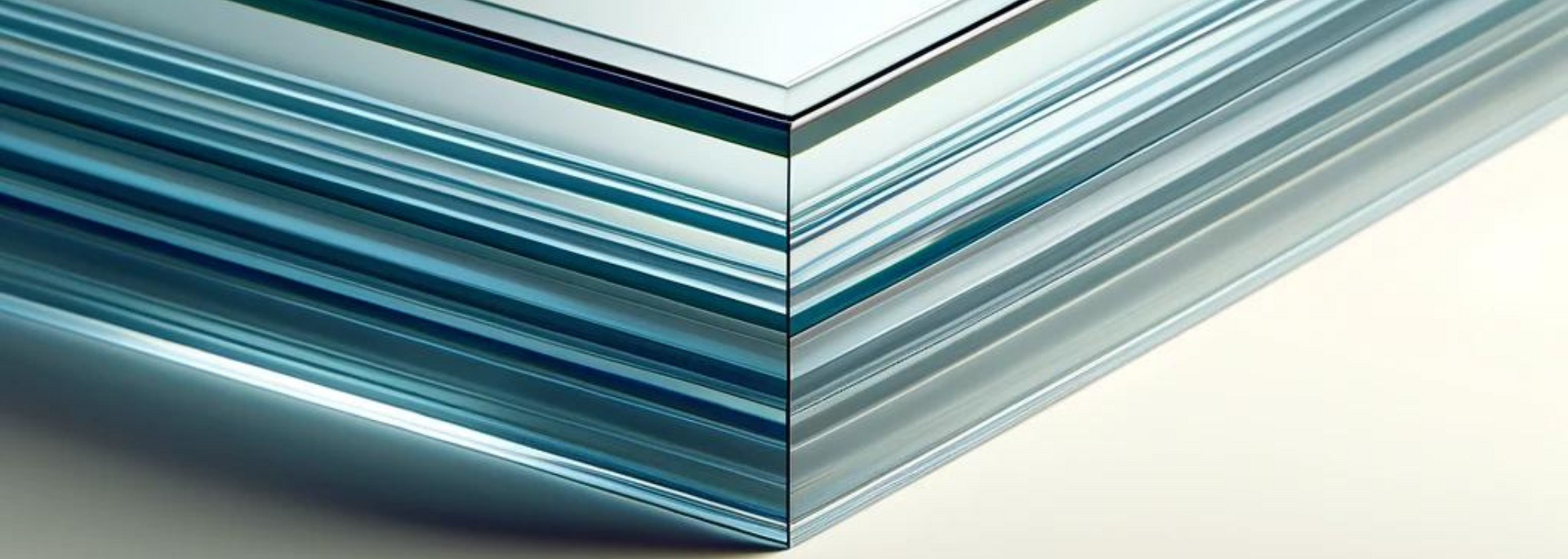
TG MI consists of laminated glass with wire mesh interlayers. Though we say so ourselves, they look great – but their woven metallic look is tough as well as aesthetically pleasing.
On top of that, they're Kitemark-approved and meet all the relevant BSI standards.
So if you're looking for bird-friendly materials for a design project, TG MI could be just the product for you.
Conclusion
These days, buildings are tightly regulated to ensure they're safe for humans. But often, the same standards don't apply to the animal kingdom. The result is plain to see, with millions of birds dying each year from flying into buildings.
Luckily, help is at hand in the form of specialist glass that won't disorientate birds. So if you're in the market for bird-friendly
mesh laminated glass, check out our TG MI range. It's tough, beautiful, made to measure – and above all, bird-friendly.


